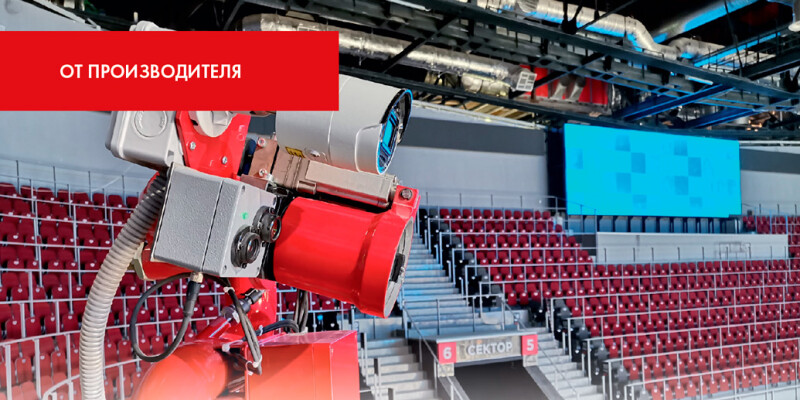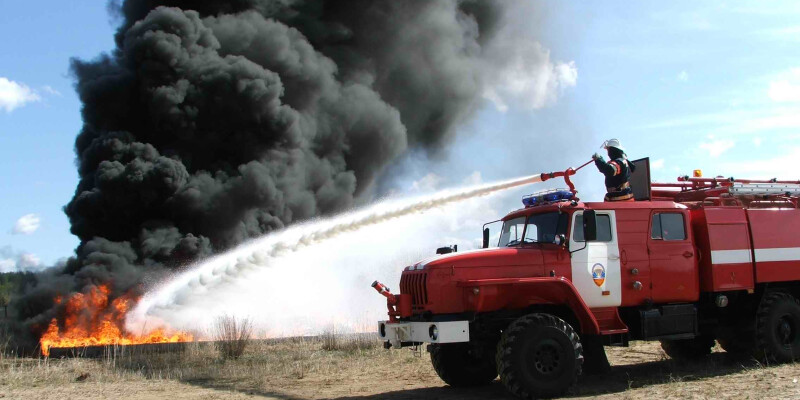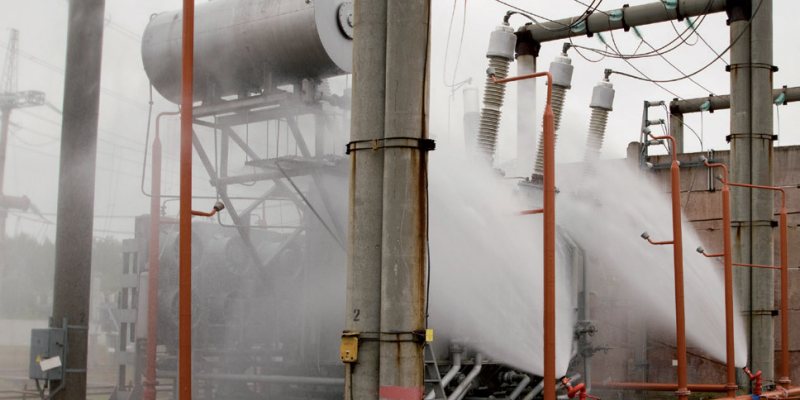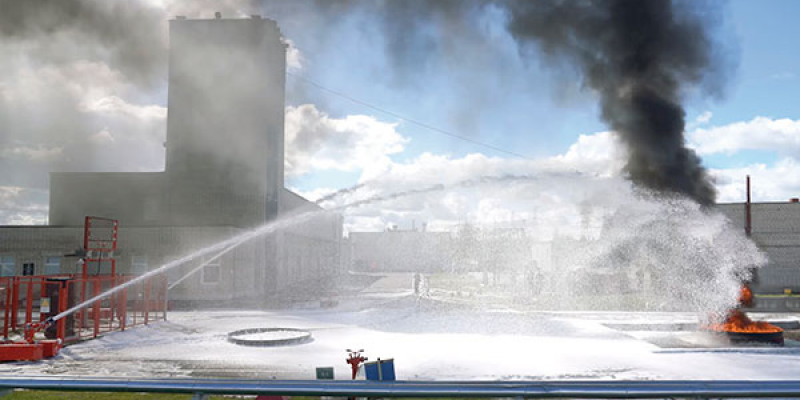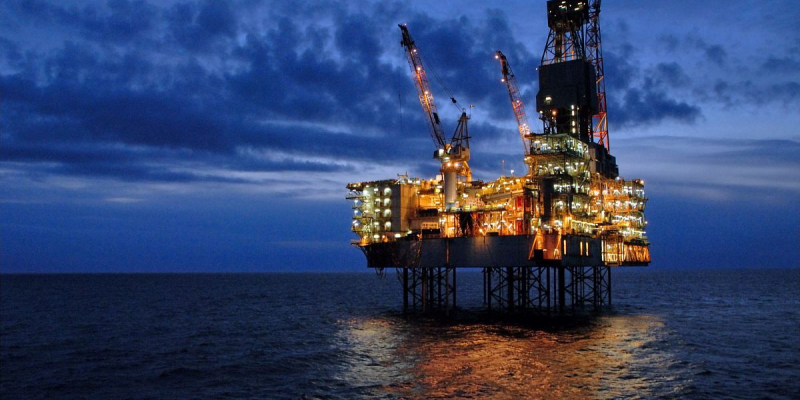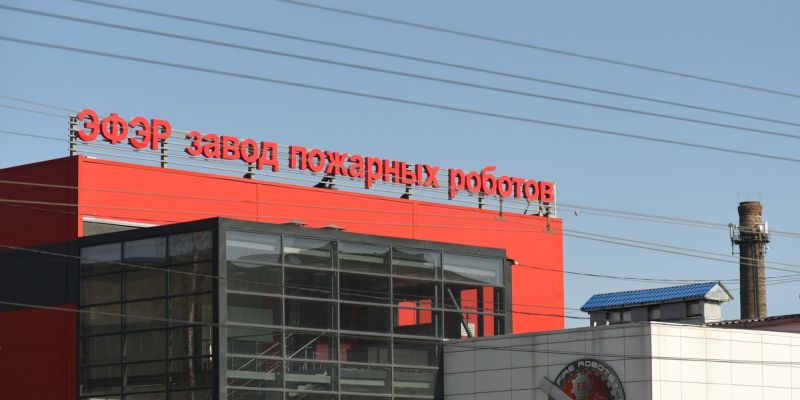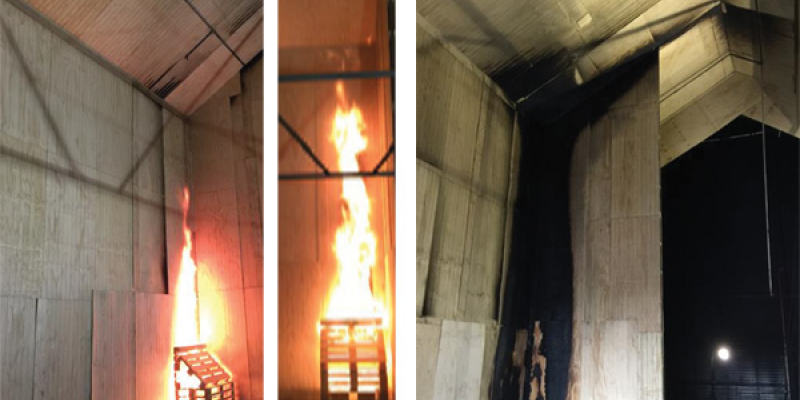
Robotic fire suppression systems are intelligent automated systems designed to protect unique and technically complex facilities where traditional automated fire suppression systems no longer provide the required level of safety. This article examines regulatory requirements (Federal Law 123, GOST R 53326-2009, SP 485.1311500.2020, VNPB 39-20), the operating principle and composition of the robotic fire suppression systems, their design algorithm, as well as software and service solutions from the EFER Engineering Centre, enabling designers and operators to implement effective, adaptive, and field-proven next-generation fire suppression systems.
